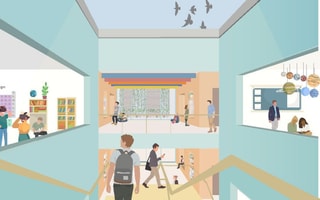
The vertical campus
As UK universities confront a shifting international landscape, Jonny Day explores how a vertical campus model could offer a new blueprint for transnational education

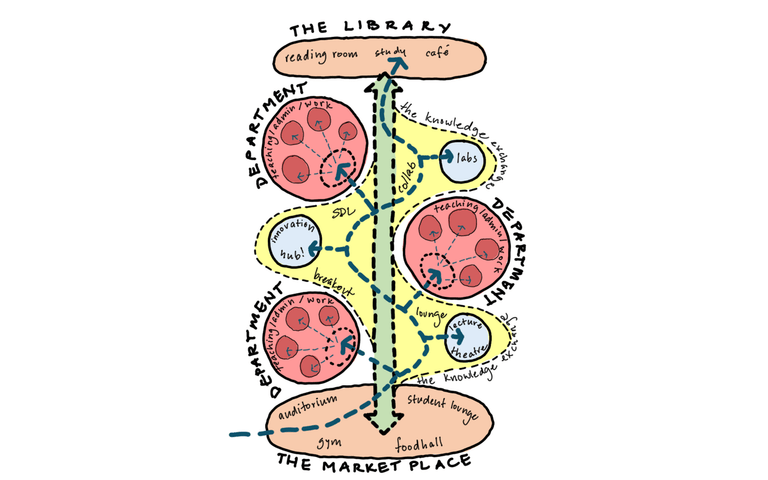
Higher education is more globally interconnected and competitive than ever, and international mobility has emerged as a strategic imperative for institutional growth and resilience. For UK universities, this has led to a recalibration and a noticeable shift from attracting international students to actively exporting educational models.
This pivot is, in part, a response to a marked decline in international student numbers, currently reflected in a 16% drop over recent years. An inflection point came in January 2024, when the UK government introduced legislation restricting most international students from bringing dependents, aiming to reduce net migration by 140,000. The consequences were immediate. International enrolments fell by seven percent and their share of the total UK student population dropped from 26% in 2023 to 25.5% in 2024.
Yet beyond policy, deeper motivations are at play. As only around two percent of the world’s tertiary students currently study outside their home countries, the remaining 98% represent a vast and largely untapped market. UK universities are increasingly seeking to engage this global majority, not only to ensure financial sustainability but also to extend their intellectual and cultural influence. India presents a compelling case. Until 2023, foreign universities were not permitted to operate campuses within the country. Recent regulatory shifts have opened the door to international providers, catalysing rapid growth in transnational education. This new opportunity also poses a challenge: how can universities maintain consistency in teaching, learning, and research standards across different cultural and geographic contexts – while also building a student experience that reflects their core values?
Meeting this challenge will require innovative models for international collaboration and campus design. The concept of a vertical campus, a shared, multi-institutional environment embedded within global cities, offers one possible solution. These hubs could serve as scalable platforms for delivering a consistent academic experience while ensuring collaboration between universities, local partners, and urban communities.
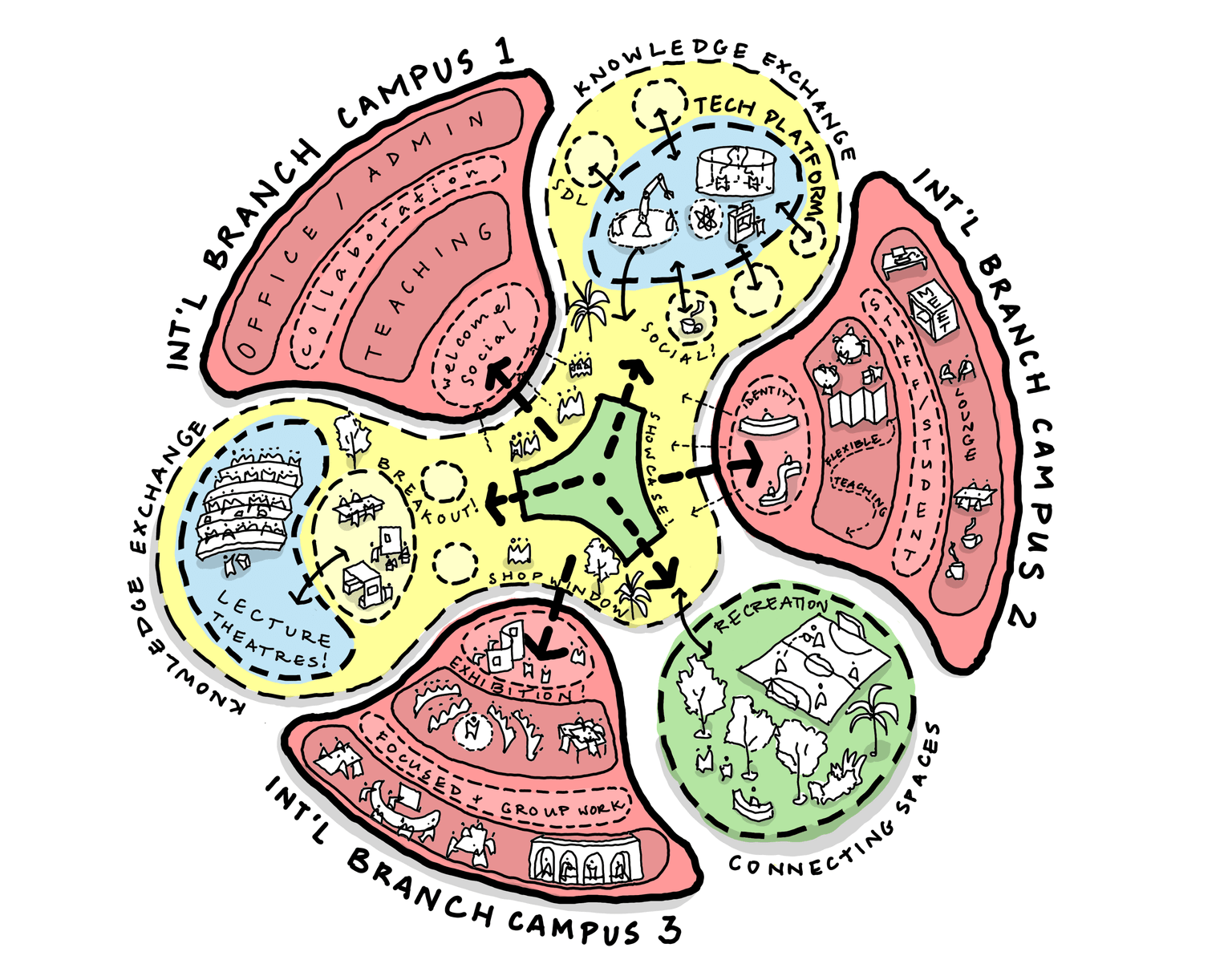
Traditional university campuses are typically arranged across expansive horizontal layouts, where green spaces and public realm serve as connective tissue between buildings. Anchors such as gyms, libraries, and food halls are strategically placed along primary circulation routes to encourage movement and interaction. Academic departments often occupy distinct buildings, each with integrated spaces for innovation and knowledge exchange.
By contrast, the vertical campus reimagines this model within a compact, urban footprint. Anchors are concentrated at the ground level to attract footfall, creating a vibrant public realm. Green spaces and knowledge exchange zones spiral upwards, linking the active base with progressively more private departmental levels. Shared innovation hubs are strategically interspersed throughout to encourage interdisciplinary collaboration. At the top, a destination library acts as both a beacon and a draw, encouraging movement through the building and providing panoramic, inspiring study space.
This model also supports a unique opportunity: housing multiple international branch campuses (IBCs) within a single vertical structure. Each IBC retains its identity but is linked through shared lecture theatres, teaching labs, collaborative zones, and green spaces, giving a sense of community, collaboration, and intellectual exchange.
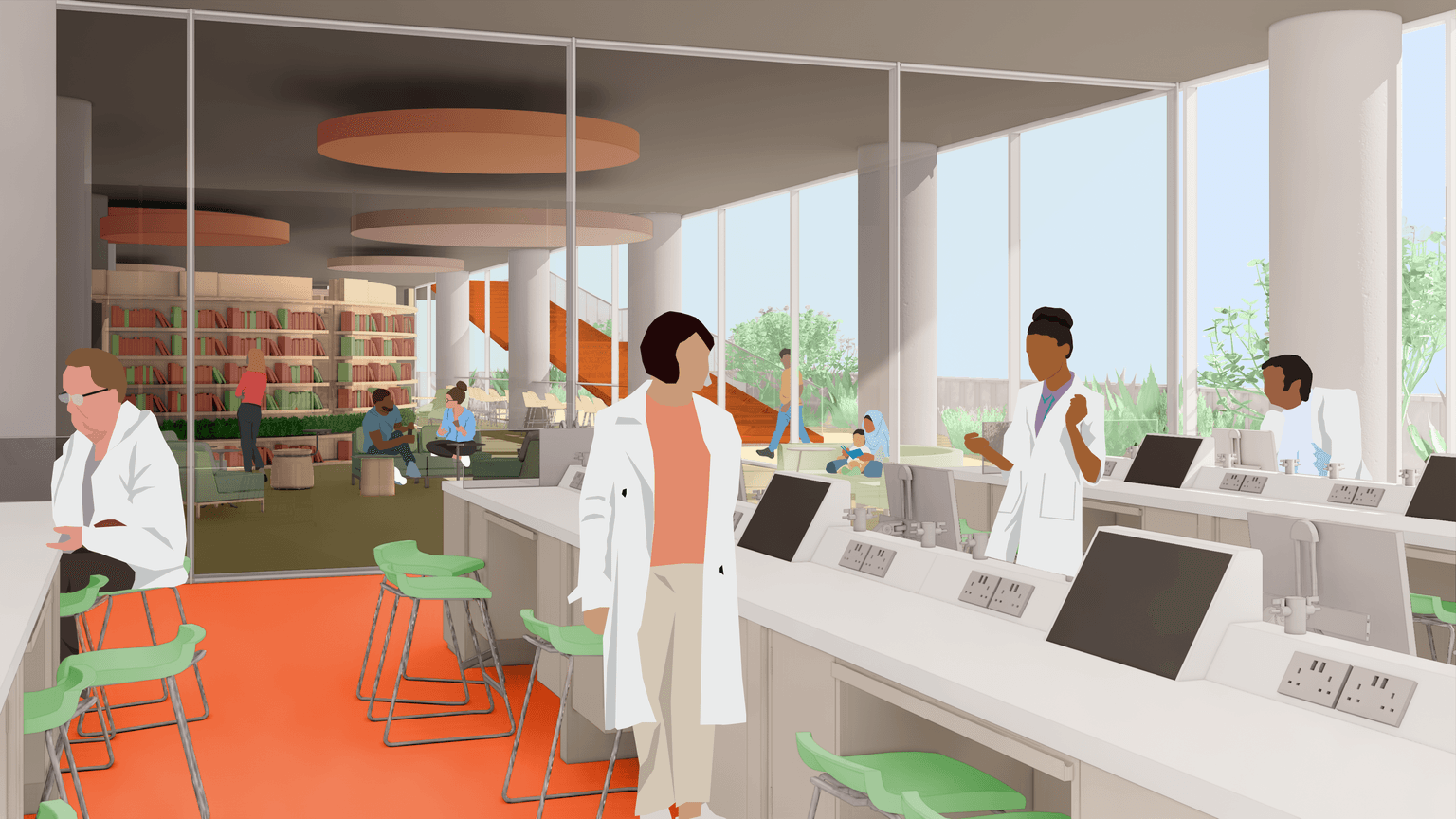
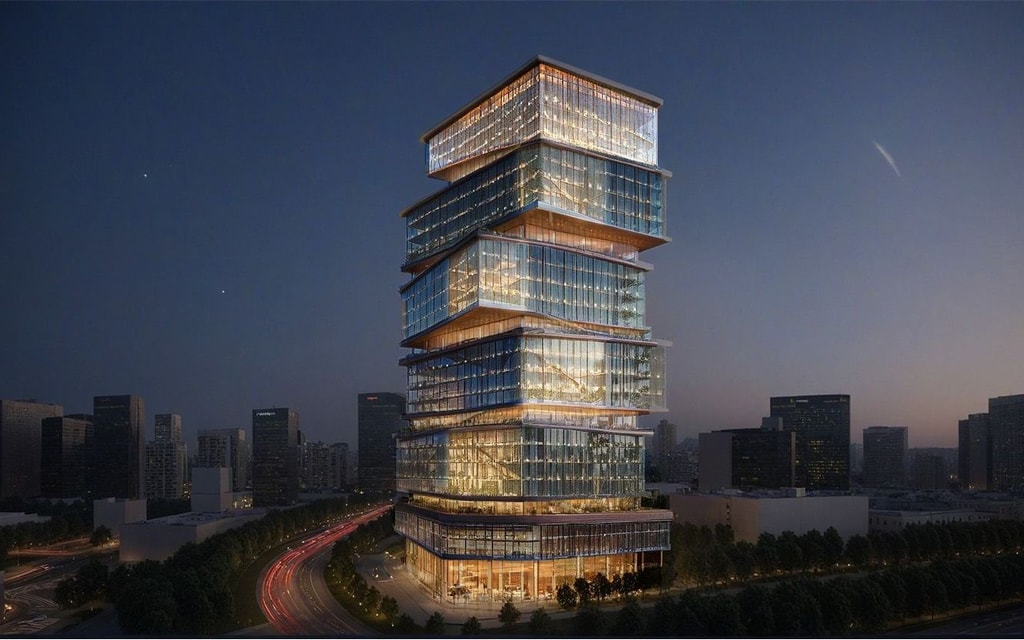
The vertical campus is imagined not as an isolated tower, but as an integral part of the city’s mixed-use fabric. Its base becomes a permeable threshold, an extension of the urban public realm, designed to blur the boundary between civic life and academic activity. Active frontages, open marketplaces, and transparent ground-floor spaces invite public engagement and contribute to the life of the street.
The building’s form at the lower levels should be responsive, capable of adapting to a variety of urban contexts, policy environments, and institutional arrangements.
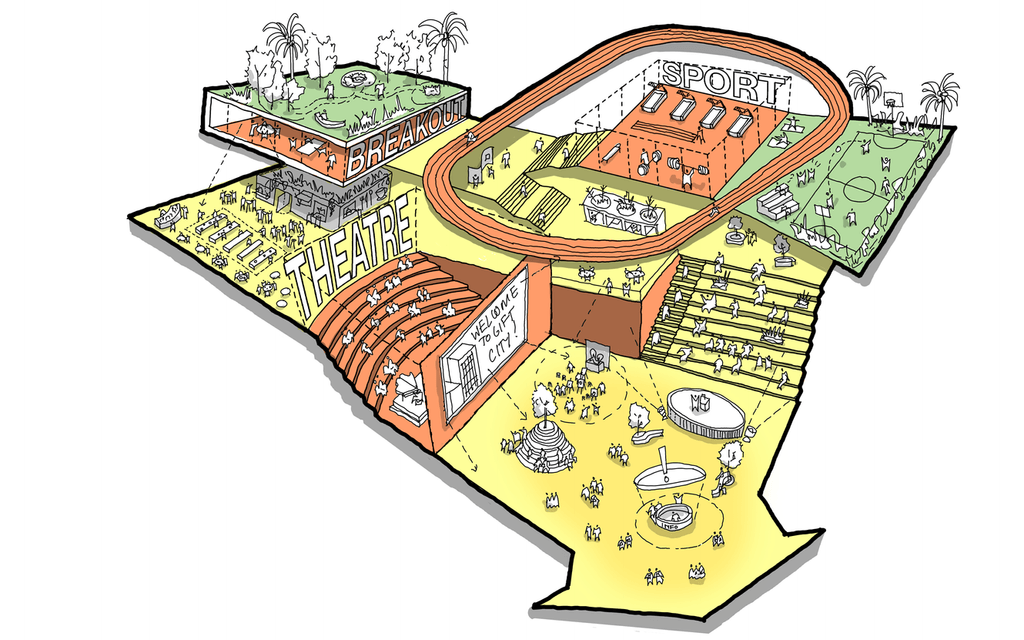
A modular approach underpins this concept, enabling international branch campuses to occupy anything from a single floor to multiple interconnected levels - scaling as needed, over time. Upper floors are conceived as flexible frameworks, structured around a kit-of-parts developed through contemporary space standards and built precedent. This system allows for varied configurations of teaching, research, and workplace environments within a consistent grid. Modular components can be combined or adjusted to create larger spaces or integrate circulation. Interspersed zones of knowledge exchange support both social interaction and self-directed learning, creating a dynamic yet coherent academic environment within a shared vertical structure.
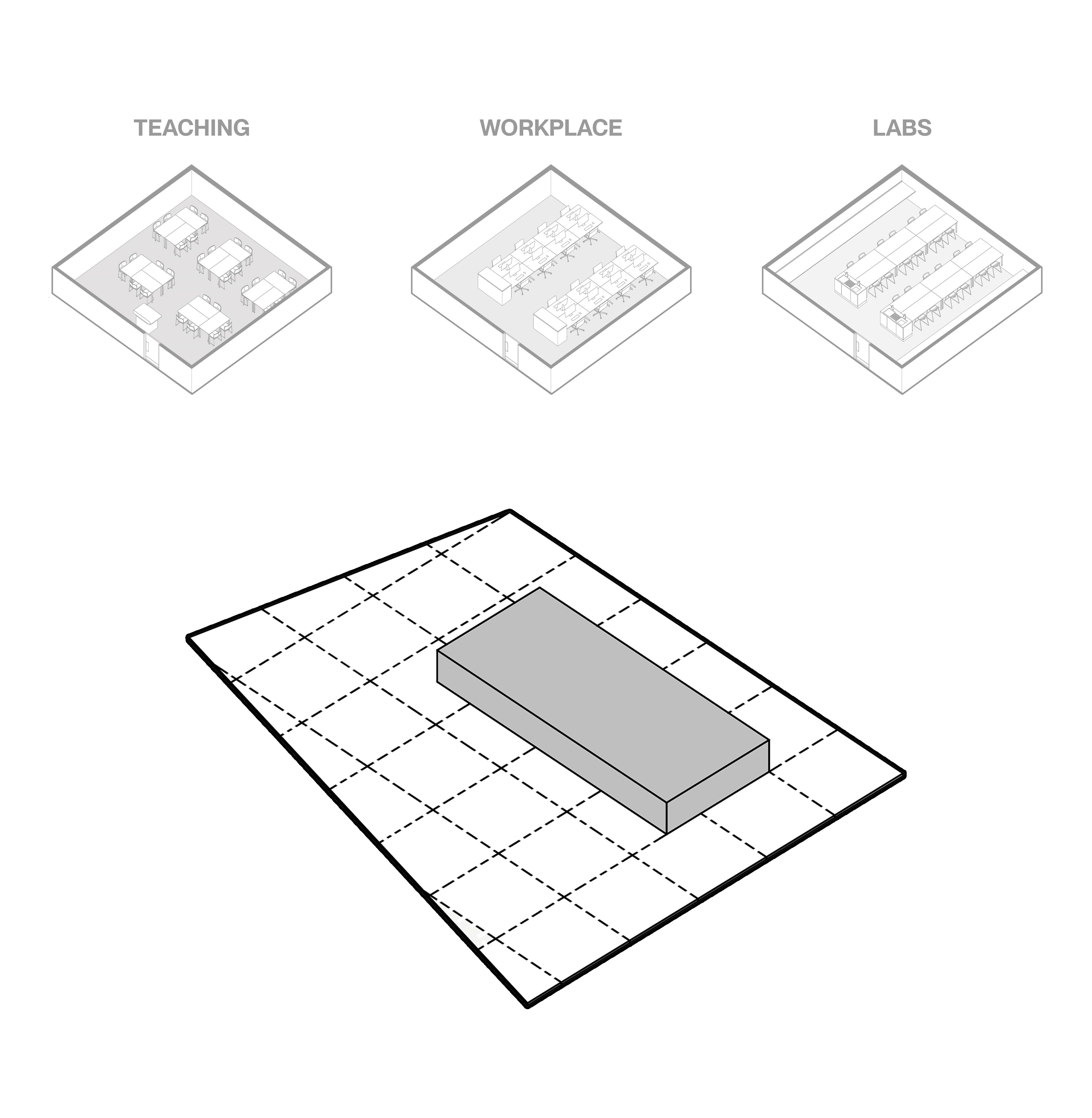
One of the central challenges of housing multiple IBCs within a single structure lies in curating a coherent and inclusive student experience. The vertical campus addresses this by proposing a distributed network of shared social and academic spaces. common floors that promote cross-institutional collaboration, interdisciplinary learning, and a sense of collective identity.
These spaces could support specialist functions, such as multidisciplinary teaching labs, open study environments, or innovation incubators, positioned strategically to maintain spatial equity. The vertical campus thus becomes more than a site of co-location; it becomes a platform for rethinking how universities relate to each other and the city at large.

Discover more BDP Higher Education projects
Related Links
Let’s decarbonise
Sue Emms explains how BDP's comprehensive, multi-themed framework guides universities on a clear, practical path to net zero by 2050.
A modern vision for education and community
Lindsey Mitchell explores how school design in Scotland is embracing inclusivity, sustainability, and community connection
A learning oasis in the city
Amy Whitehead explores a solution to improve and enliven a city using existing buildings and infrastructure

-1330x831.jpg?u=2025-07-25T14:00:23.940Z&w=320&q=90)
